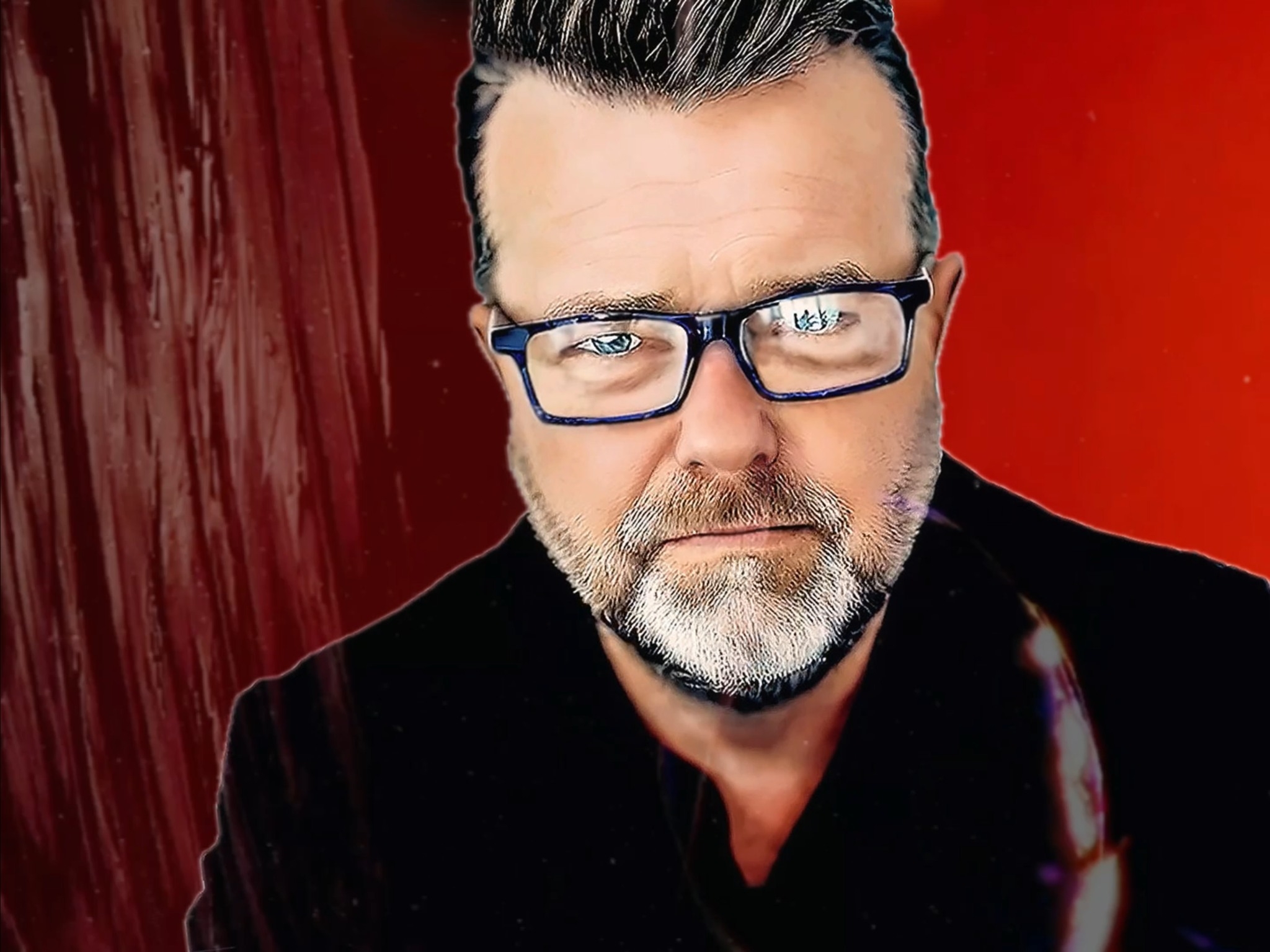Ever Feel Like You’re Running on Empty?
Do you feel like you’re running on empty but keep telling yourself it’s just a rough patch? I get it. We’re taught to push through, to keep our heads down, and eventually, things will get better. But here’s the catch: sometimes it’s not just a rough patch. Sometimes, it’s burnout, and if you’re not careful, it’ll catch you before you even realize what’s happening.
In this article, we’re going to talk about how to recognize the signs of burnout before it becomes a major issue. We’ll dive into what burnout looks like, how it sneaks up on you, and, most importantly, what you can do to fight it off before it overwhelms you.
My Burnout Story: When I Knew Something Had to Change
I remember when I was working a string of 14-hour days, convinced I was just being productive. I ignored the constant fatigue, the headaches, and the feeling that I was always on the edge. I thought it was just the price of success.
Then one day, I found myself staring blankly at my computer screen, unable to even compose a simple email. I was drained—physically, mentally, and emotionally. I knew something had to give. That was my wake-up call.
The worst part about burnout is that it sneaks up on you. One moment, you’re fine, and the next, you’re struggling to do the things that used to come easily. If that sounds familiar, you’re not alone. Recognizing burnout is tough because we often think we can handle everything on our own. But trust me, you don’t have to wait for burnout to take over before you make a change.
Why You Need to Catch Burnout Early
Burnout isn’t just feeling tired or having a tough week. It’s a state of emotional, physical, and mental exhaustion caused by prolonged stress. If you don’t catch it early, it can lead to serious issues like anxiety, depression, and even physical problems like heart disease.
According to a 2021 Gallup report, about 76% of employees experience burnout at least sometimes. That’s a huge number. And here’s the kicker: prolonged burnout can mess with not just your mental health, but your physical well-being too. We’re talking about sleep issues, chronic fatigue, even cardiovascular problems.
The good news? If you recognize burnout early, you can take back control before it spirals out of hand. Imagine going to work feeling energized, handling your tasks efficiently, and still having enough in the tank to spend quality time with your friends and family afterward. That’s the power of recognizing burnout and acting on it early.
Five Key Strategies to Recognize and Prevent Burnout
Alright, let’s dive into some practical steps you can take to identify and prevent burnout before it becomes a full-blown crisis.
1. Know the Warning Signs
Burnout has a few tell-tale signs. It’s not just about being tired—it’s about being constantly exhausted no matter how much sleep you get. Here are some signs to look out for:
- Fatigue: Feeling tired all the time, even after a full night’s sleep.
- Irritability: Little things start getting on your nerves, and your patience seems to have run out.
- Loss of Interest: You stop caring about things you used to enjoy, both at work and at home.
When these signs start piling up, it’s time to take notice.
2. Check in with Yourself Daily
Take a few minutes each day to assess how you’re feeling. It could be as simple as a mental note or even journaling. A consistent dip in mood or energy is a sign that you’re headed towards burnout.
3. Set Boundaries—and Stick to Them
This one is a game-changer. Setting boundaries isn’t selfish—it’s essential. If you’re constantly saying “yes” to everything, you’ll end up with no time or energy left for yourself. Learn to say no when things get overwhelming, and communicate your boundaries clearly to those around you.
4. Schedule Downtime
Treat your downtime as a non-negotiable appointment. Block off time to do things that recharge you—whether it’s working out, reading, or just taking a long walk. Downtime is not a luxury; it’s a necessity for mental health.
5. Stay Connected
Isolation can make burnout worse. Even when you’re busy, staying connected to friends, family, or colleagues can help you feel supported. Just having a quick conversation about how you’re feeling can lighten your mental load.
Quick Win Tip: Start by taking a 15-minute break away from your screen every afternoon. It might seem small, but it can do wonders for your mental health.
The Uncommon Truth About Burnout
Here’s something that might surprise you: burnout isn’t just caused by overworking. Sure, long hours are a big factor, but feeling undervalued or disconnected from your work can also lead to burnout.
Most people think burnout is simply a result of too many hours spent working. But did you know that feeling unappreciated or unsupported at work can lead to burnout just as easily as long hours can? It’s not always about the number of hours; it’s often about how you feel about those hours.
Breaking free from burnout is about recognizing that more hours doesn’t always mean more success. Sometimes, pushing harder is the very thing that’s holding us back. The real trick is finding balance—and giving yourself permission to rest without feeling guilty.
Stay Motivated: Small Steps, Big Changes
The fact that you’re even reading this means you’re ready to take action, and that’s a huge step. Remember, burnout doesn’t happen overnight, and neither does recovery. It’s all about small, consistent changes.
I had a colleague who used to take on every project that came her way. Eventually, she hit a breaking point and knew she needed a change. She started by setting boundaries—no emails after 6 PM and no working on weekends. Within a couple of months, she was happier, less stressed, and still just as successful at her job.
If she could do it, so can you. Just start small—maybe by setting aside one evening a week that’s just for you. It’s the little steps that add up to the biggest changes.
Tools and Resources to Help You Stay on Track
If you’re looking to take action right away, here are some tools and resources that can help:
- Headspace: This app offers guided meditations that help reduce stress and anxiety. It’s perfect for unwinding after a long day.
- Trello: If you’re feeling overwhelmed by tasks, Trello can help you organize your work in a way that feels manageable.
- The Burnout Fix by Jacinta M. Jiménez: This book dives deep into burnout and offers practical advice on how to prevent it. It’s a must-read if you want to understand burnout better.
Real-Life Application Tip: Try using Google Calendar to block off an hour each day for something you enjoy—whether it’s cooking, working out, or just relaxing. Scheduling it makes it real and reminds you to prioritize yourself.
Take Action: What Can You Do Today?
If there’s one thing I want you to take away from this, it’s that burnout doesn’t have to be inevitable. You have the power to recognize it and take action before it takes over.
Take five minutes today to assess how you’re feeling. Are you getting enough rest? If the answer is no, make a plan to change that. Maybe it’s about setting a boundary with work or taking a break. Whatever it is, start small.
Imagine what life could look like if you felt energized, balanced, and genuinely excited to take on your day. It starts with recognizing burnout and taking that first step.
You deserve to feel good. You deserve balance. And you deserve to take care of yourself without feeling guilty.
FAQs: Your Top Questions Answered
1. What are the early signs of burnout?
Early signs of burnout include feeling constantly tired, increased irritability, trouble focusing, and losing interest in activities you once enjoyed.
2. How do I know if I’m starting to burn out?
If you feel emotionally drained, you’re losing motivation, or work feels overwhelming even after rest, these could be signs of burnout.
3. What can cause burnout?
Burnout is often caused by chronic stress, long hours, lack of control over your work, or feeling undervalued or unappreciated.
4. What should I do if I’m feeling burned out?
Take time to rest, talk to someone about what you’re feeling, set boundaries, and consider seeking professional help if it feels overwhelming.
5. How can I prevent burnout before it happens?
Recognize the signs early, set boundaries for work, take regular breaks, and prioritize self-care activities.
6. What are the physical symptoms of burnout?
Physical symptoms can include headaches, sleep disturbances, muscle tension, and frequent colds due to a weakened immune system.
7. How can social connections help prevent burnout?
Talking with friends or family can help you process stress, feel supported, and avoid feeling isolated, which is crucial for preventing burnout.
8. Is burnout the same as being tired?
Not exactly. Being tired can often be fixed by resting. Burnout, however, is a state of chronic stress that requires a more comprehensive approach, including rest, boundaries, and support.
9. Can burnout affect personal relationships?
Yes, burnout often leads to irritability, withdrawal, and a lack of interest in social activities, all of which can strain relationships.
10. How do I explain burnout to my boss?
Be honest but clear. Explain that you’ve been feeling overworked and exhausted, and discuss potential changes like adjusted hours or workload distribution to improve your productivity and health.
Final Encouragement
Building a life that’s free of burnout is about recognizing the signs, setting boundaries, and taking care of yourself as if you were your own best friend. You don’t have to do it all at once. Start with one change, and see how it helps.
What’s one thing you can do today to prioritize yourself? Take that first step—you’ve got this.
RELATED READING: Setting Boundaries Without the Guilt Trip
RELATED READING: How to Handle Difficult Conversations at Work with Confidence
RELATED READING: Top Strategies for Building Lasting Work-Life Balance
NOTE: Our Editorial team only recommend products or services that we would use ourselves and all opinions expressed here are our own. This post may contain products and affiliate links that are at no additional cost to you and we earn a commission.









